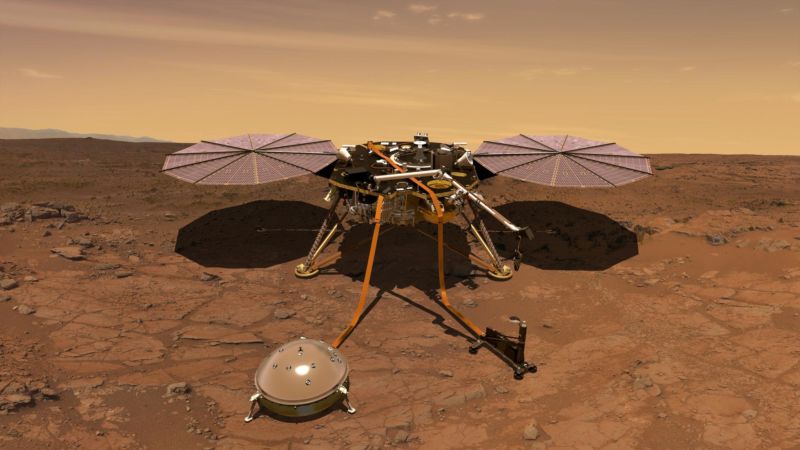Listen up: We’ve detected our first marsquake
Ars Technica » Scientific Method 2019-04-25

Enlarge / An artist's rendition of the InSight lander operating on the surface of Mars. The seismometer is in the foreground. (credit: NASA/JPL-Caltech)
After landing on Mars last November, the InSight probe first deployed a suite of meteorological equipment and then began to check the health of its science instruments. Following this, the NASA lander extended its French-made seismometer to the red planet's surface in December, then commissioned the instrument in early February.
InSight began listening. Finally, on April 6, the seismometer detected a weak but distinct seismic signal. It was, scientists concluded, a shaking of the ground coming from the interior of the world, not due to some external factor such as wind.
"We've been waiting months for our first marsquake," said Philippe Lognonné, the principal investigator for the seismometer mission, which was developed by the French space agency CNES. "It's so exciting to finally have proof that Mars is still seismically active. We're looking forward to sharing detailed results once we've studied it more and modeled our data."